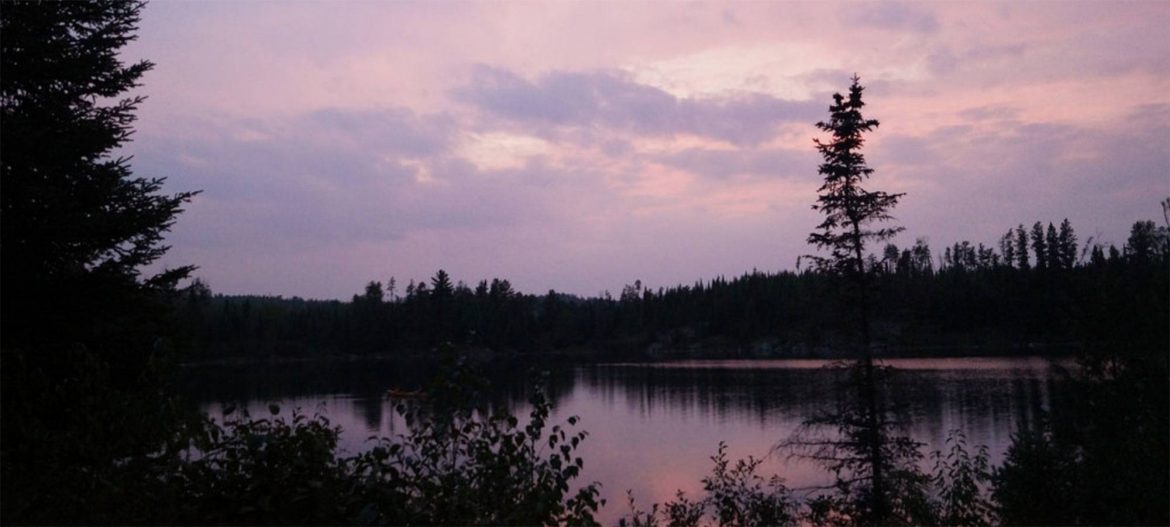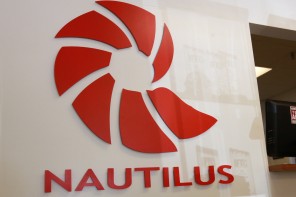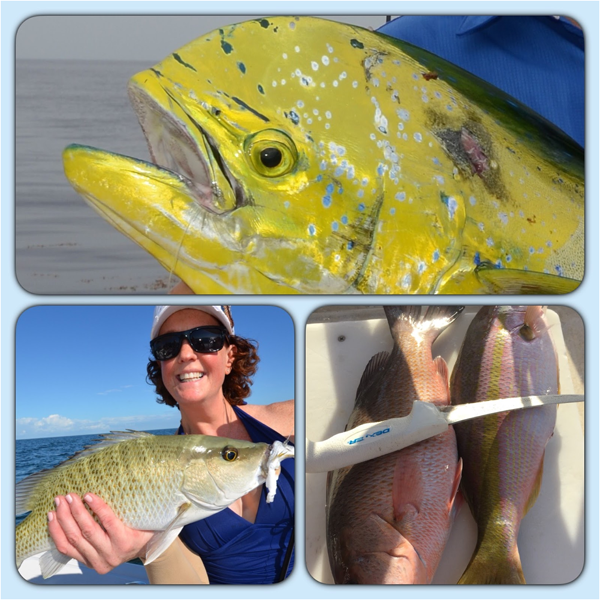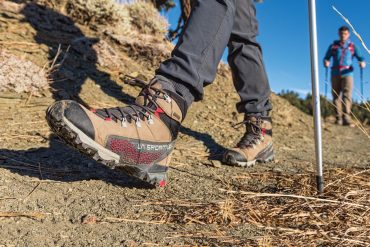
Just before Christmas, the Department of the Interior reversed an Obama administration decision and opened the door for a copper-nickel mine near the Boundary Waters Canoe Area Wilderness in the northeast Arrowhead region of Minnesota.
The proposed mine has been a flashpoint between public-land advocates and proponents of the mining industry. And like so many other hot-button issues, rhetoric has ratcheted up on both sides. To bring a little clarity to the conversation, here’s what you should know about the Boundary Waters mine.
1) The Boundary Waters is a Wilderness Jewel
The BWCAW is 1.1 million acres of pristine north country forest that’s carved up by a labyrinth of rivers, glacial lakes, streams, and wetlands. Think loons, walleyes, and wolves. It should be a bucket-list destination for outdoorsmen and women who like to canoe, camp, and fish without ever hearing the buzz of a motor. The common criticism of Wilderness Areas is that they are only accessible to a small percentage of expert-level outdoorsman. That’s not the case with the BWCAW. It sees 250,000 visitors every year and is touted as our most-visited Wilderness. If you go there in the summer, you’ll find a mix of Boy Scouts, city slickers from Minneapolis, and hardcore backcountry folks all paddling out to their own little piece of seclusion.
2) The Environmental Threat is Very Real
Northeastern Minnesota is known as the Iron Range and taconite mining is deeply tied to its history. But Twin Metals, the Minneapolis-based company that holds the leases, is planning an underground copper-nickel mine, which has never been tried in the state. Opponents argue that this type of mine is much more toxic and risky than the traditional taconite mines of the Northstar State’s past.
The Campaign to Save the Boundary Waters states on its website: “It produces giant waste piles that, when exposed to air and water, leach sulfuric acid, heavy metals and sulfates. Sulfide-ore copper mines pollute groundwater, rivers and lakes. In the history of sulfide mining, pollution has never been avoided.”
However, Twin Metals points to the Eagle Mine, which has been operational since 2014, in Michigan’s Upper Peninsula as the only mine currently producing nickel in the U.S. You can read about that project here.
The Twin Metals mining leases are located along the southwest border of the Boundary Waters. The location is critical because the site is north of the Laurentian Divide, meaning that rivers and streams in this watershed flow north. Pollution could have a massive impact on the entire ecosystem, not just the lakes and rivers near the mine.






